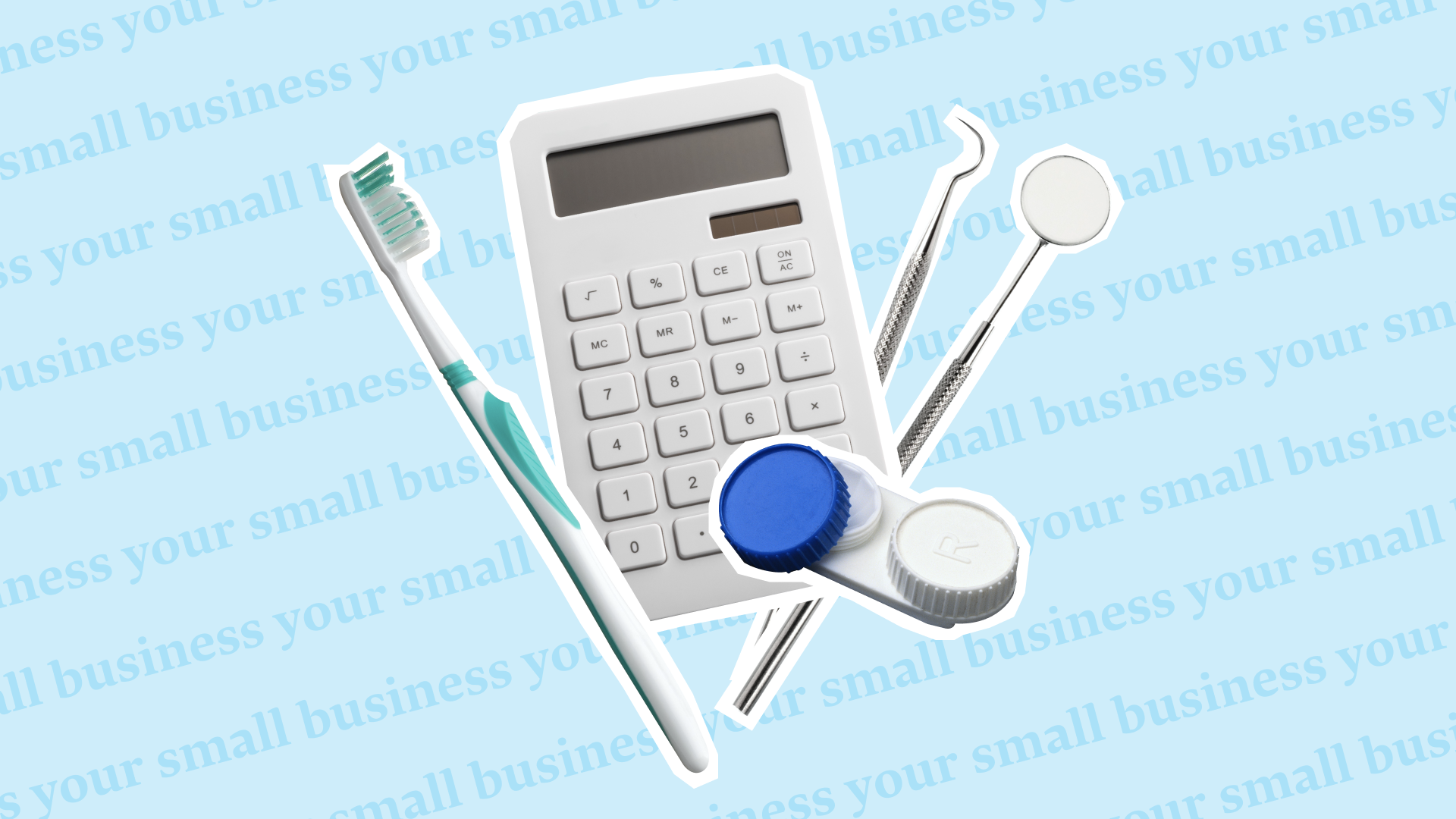Gym membership. Company car. Lunch-time sushi bar. Post-lunch yoga session. Friday evening office happy hour. For some, these are everyday features of a standard workplace. For the appreciative and the jealous, they are persuasive perks.
Companies competing for top talent are embracing all kinds of new employee perks that promote health, work-life balance, and staff motivation. As a forward-thinking leader, you've probably noticed what kinds of employee perks other businesses offer. Now you can decide which ones are worth it for your company by calculating the costs of fringe benefits.
Determining Fringe Benefits
Yes, fringe benefits — the IRS’ term for a perk. Calculating the value of perks is important for one big reason: To manage effectively, you need to know exactly the total value of compensation (cost to the business) each of your employees receives, not just their salaries. With that knowledge in hand, you’ll be able to determine whether employees are worth their cost, and you’ll be able to budget for future hires more precisely.
The most effective way to determine the total compensation is to break down employee perks in a fashion common to how your company’s salaries are paid. They aren't necessarily paid uniformly throughout the year, be they gas reimbursements for travel or meal stipends. That's why an accurate calculation is best arrived at through a uniform measure. You’ll want to begin by determining what compensation constitutes fringe benefits, and what constitutes salary.
Depending on your location, there may be some variation in the determination according to specific local laws. Then, as a general rule, assess the perk under its fair market. Fair market is what an employee would pay for it if they had purchased it on their own. The IRS provides specific guidance for some items, such as company cars and mileage costs.
Total Compensation Per Employee
Once you’ve determined which benefits will be considered perks and have totaled their annual value, add that figure to an employees’ total annual salary to determine their total annual compensation. If you divide total annual compensation by 2080 (the total annual hours of a 40 hour/week employee), you arrive at their total hourly compensation. This will reveal the true cost of an employee per hour (($50k annual salary + $20k annual fringe benefits)/2080 = $33.65/hour total comp).
Keep in mind that promotions, pay changes, and other costs fluctuate throughout the year. For example, an employee’s vacation prior to a pay increase will cost your company less than the employees’ vacation taken following that raise. In such a case, you would have to adjust the total compensation calculation accordingly.
Benefit Load and Future Hires
Since planning for expenses is key as a business leader, it’s essential to take into account your company’s benefit load. Calculating the benefit load — the ratio of perks to salary received by an employee — helps a business effectively plan. Find the benefit load by adding the total annual costs of all employees’ perks and divide it by all employees’ annual salaries to determine a ratio — that ratio is your company’s benefits load.
For example, if your company pays $3,000/year total in benefits and $10,000/year total in salaries, your benefit load is 30% (3000/10,000). Now you know that if you hire someone for $10 per hour, you will actually be compensating them at a cost of $13 per hour ((10x0.3)+10=13). For reference, as of March, 2015, the average benefits load in the US, according to the Bureau of Labor and Statistics, is 31.7%.
Dealing with employee perks and their ramifications is an ongoing operational and strategic necessity of running a business. And there are plenty of factors that will affect how you attract talent and compensate your employees, from legislative changes to annual guidance from the IRS. Whether you’re part of a new venture that’s still figuring out how to incentivize your greatest resource (your employees!), or if you’re upgrading its leaky coffee pot to an espresso machine, use these basic tools to help assess the perks in your company.
Check out our newsletter
Monthly tips on running a business in your inbox.
Check out our newsletter

Learn more with Justworks’ Resources
Scale your business and build your team — no matter which way it grows. Access the tools, perks, and resources to help you stay compliant and grow in all 50 states.







